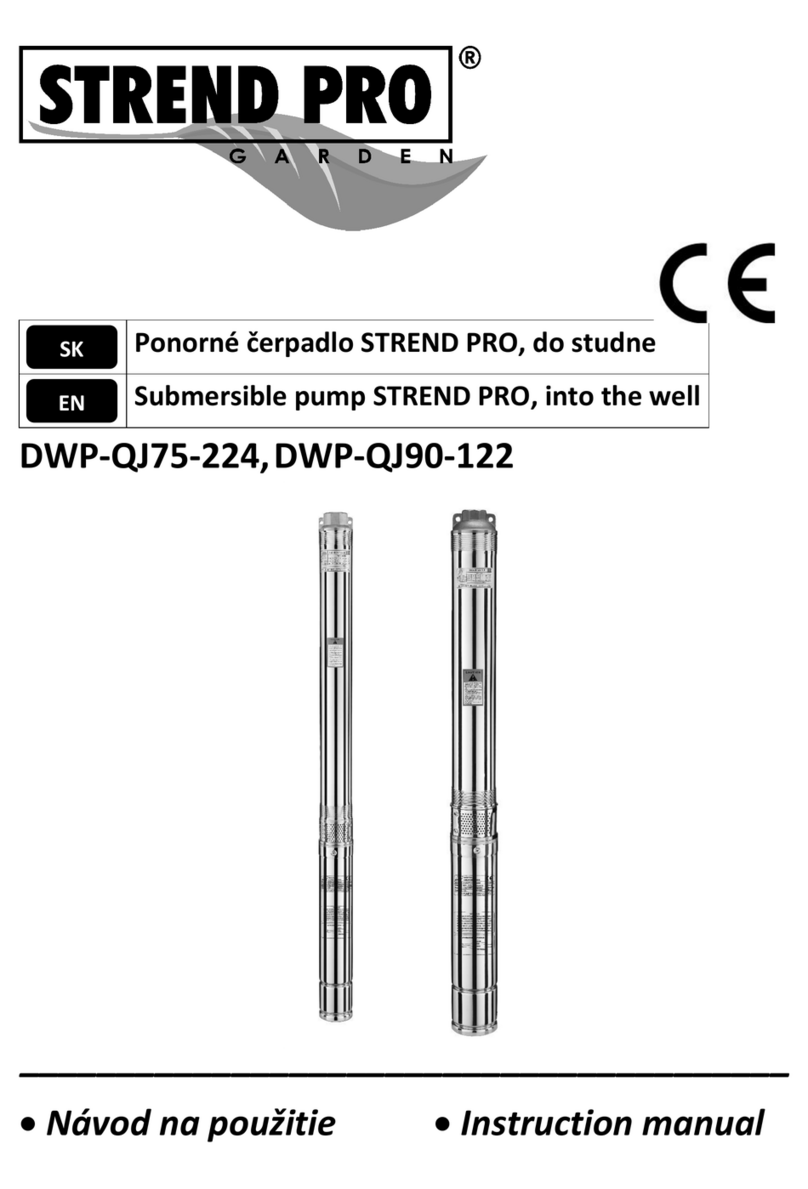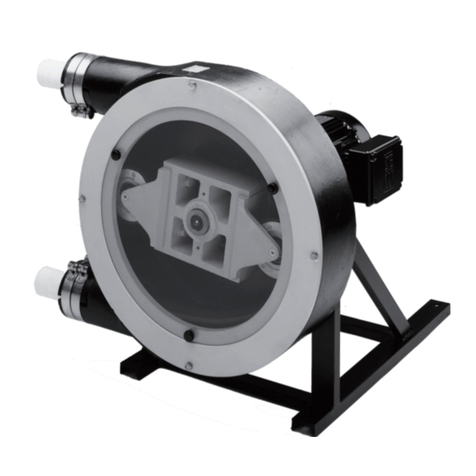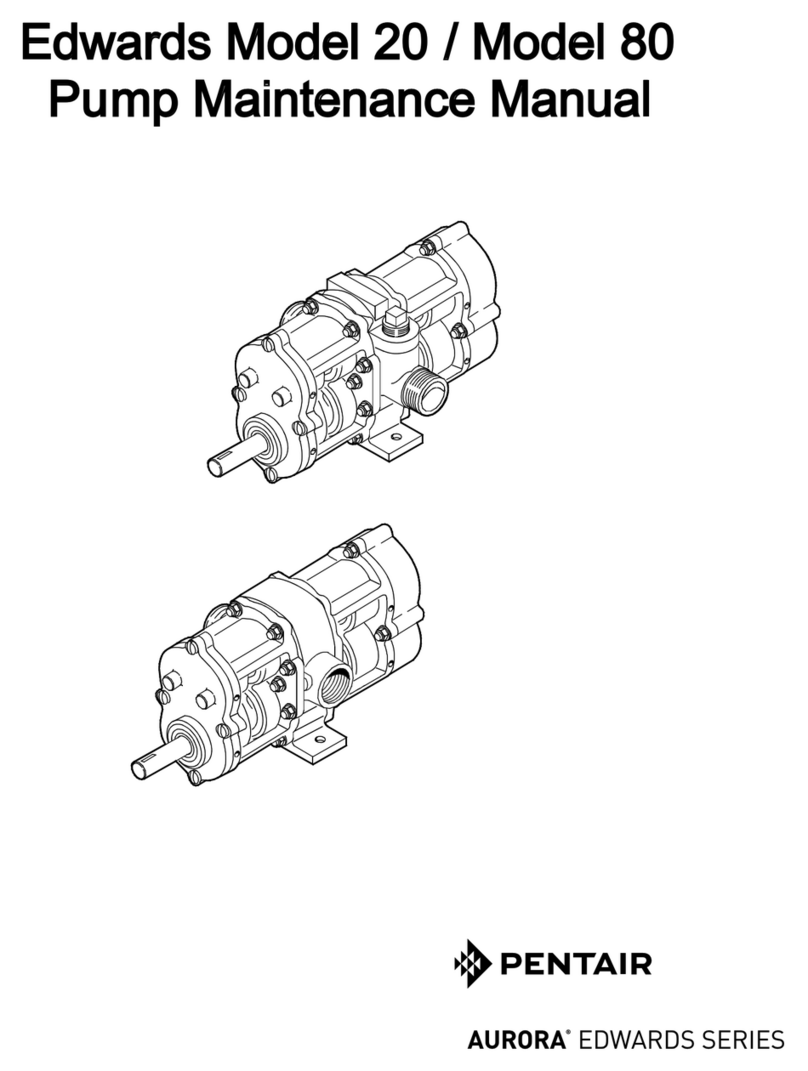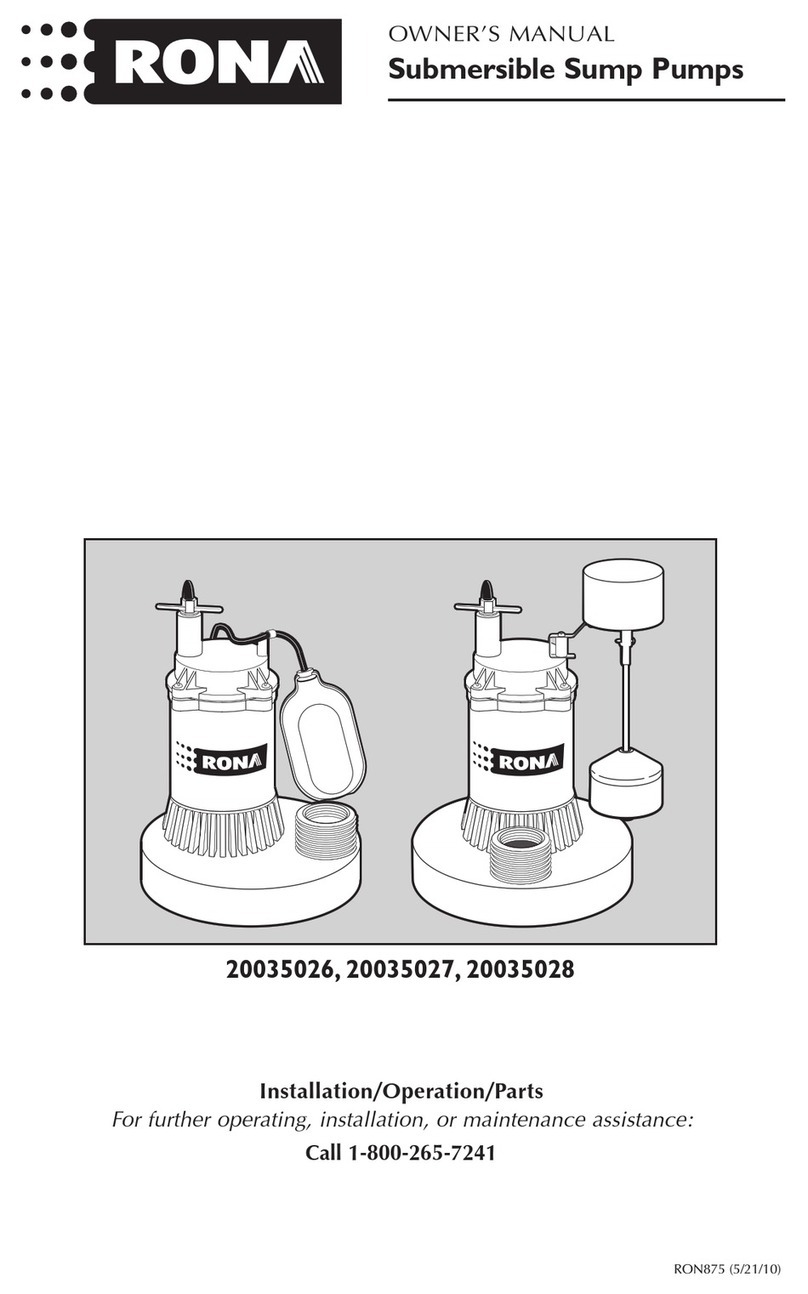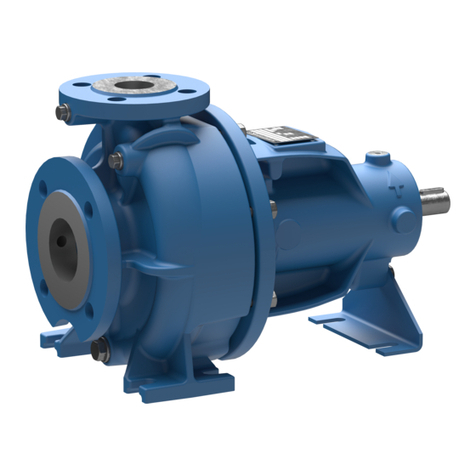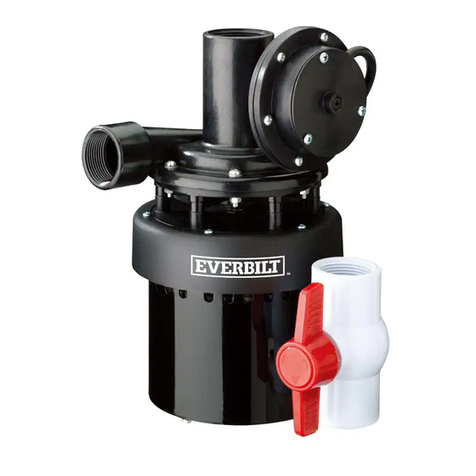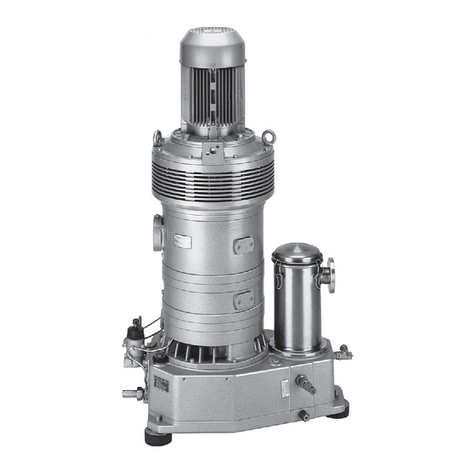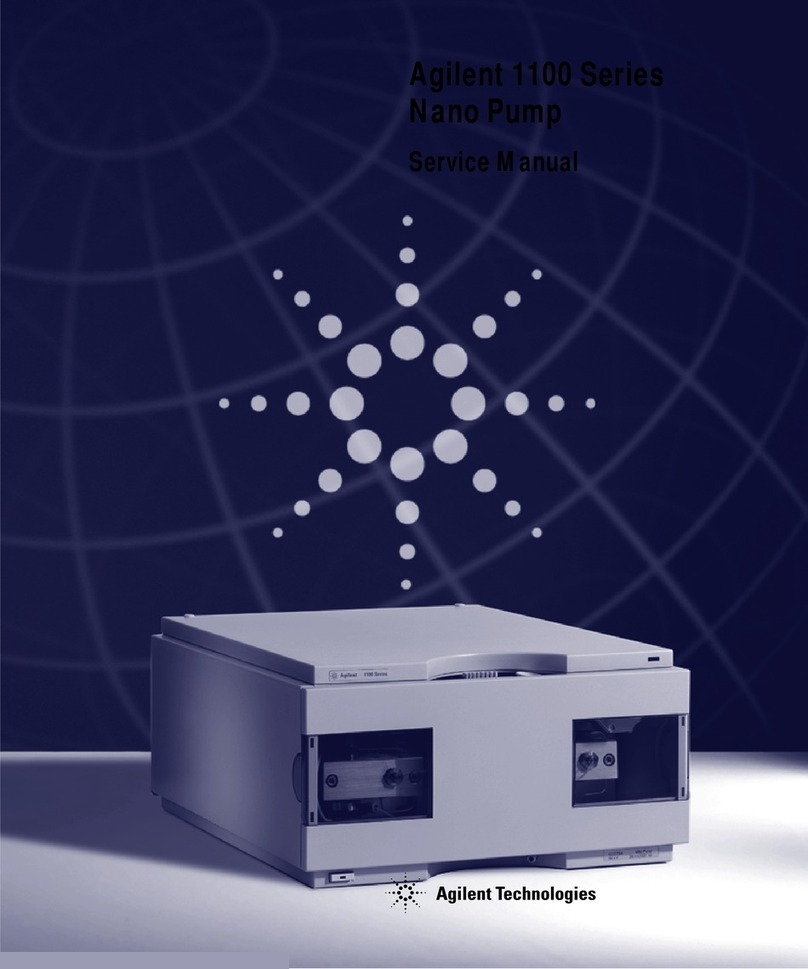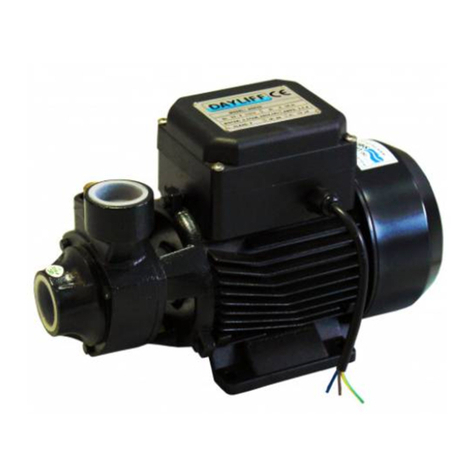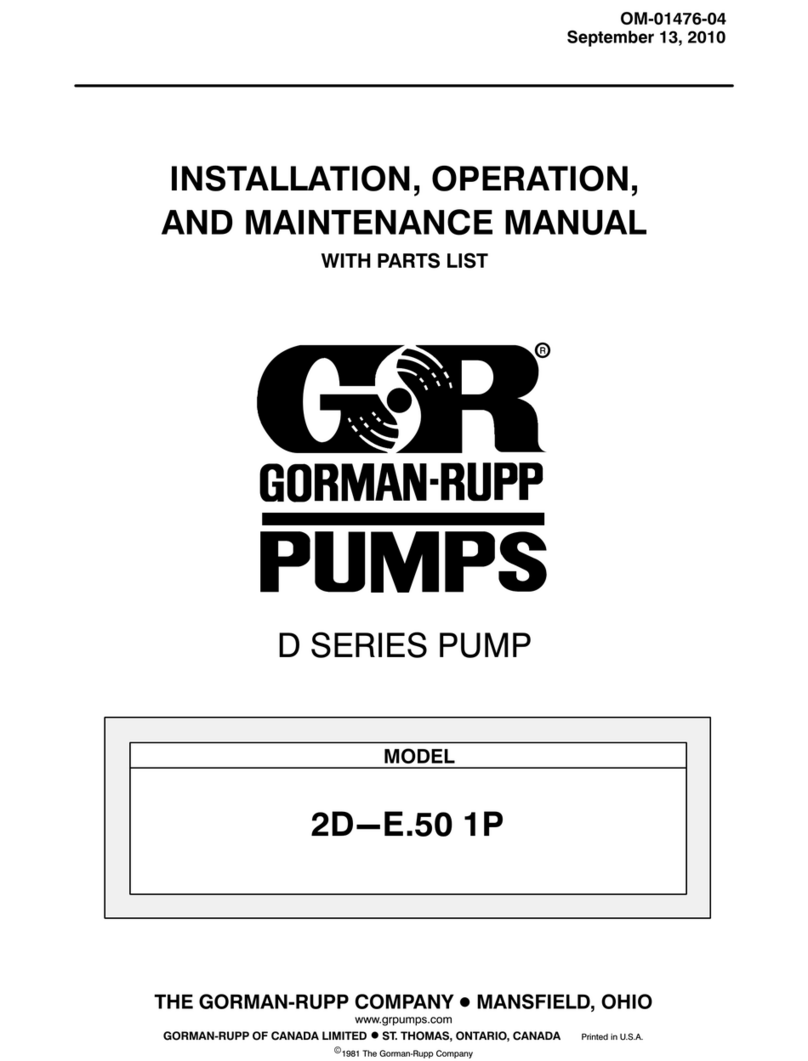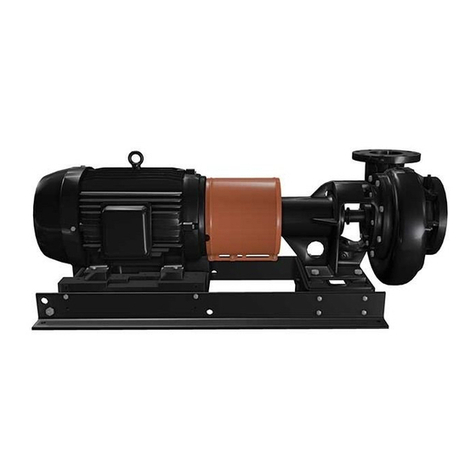
1. Read thismanual carefully until you completely understand and follow all safety and operating instructions.
2. Keep this manual handy so that you may refer to it later whenever any questions arise. Also note, if you
have any questions which cannot be answered herein, contact the dealer from whom you purchased the
product.
3. Always be sure to include this manual when selling, lending, or otherwise transferring the ownership of this
product.
4. Never allow children or anyone unable to fully understand the directions given in the manual to use the
machine.
5. During transportation close the fuel cock and the fuel tank cap. Empty the fuel tank during transportation
on long distances or rough roads.
6. Don’t use the engine pump nearpeople or anim.a ls
7. Do not use the pump set close to cables orelectrical equipment.
8. Keep the running (or still hot)pump away from any inflammable material.
9. Be careful with the muffler or other hot engine parts. During transportation close the fuel cock and the fuel
tank cap. Emptythe fueltank during transportation on long distances or rough roads.
10. Only use the pump in well-ventilated places, do not operate the pump in explosive or flammable
atmospheres or in closed environments.
11. Check the pump each day to ensure thateach device, whether for safety or otherwise, is functional.
12. Never use a damaged, modified, or improperly repaired or assembled pump. Do not remove, damage
or deactivate any of thesafety devices.
13. Never carry out operations or repairs on your own that are other than routine maintenance. Call
specialized and authorized workshops only.
14. Keep thepump set in a dry place, raised off the ground and with the tanks empty.
15. If your pump is no longer usable, dispose of itproperly without damaging the environment by handing it
in to your local Dealer who will arrange for its correct disposal.
16. Take it to your dealer who will dispose of it properly. Always call your dealer for any clarification or priority
action.
INTEND USE
Only pump the water that is not intended for human consumption. Pumping flammable liquids, such as
gasoline or fuel oils, can result in a fire or explosion, causing serious injury. Pumping sea water, beverages,
acids, chemical solutions, or any other liquid that promotes corrosion can damage the pump.
■WORKING CIRCUMSTANCE
Please make sure youreview each precautioncarefully.
EXHAUST PRECAUTIONS
•Never inhale exhausts gasses. They contain carbon monoxide, a colorless, odorless and extremely
dangerousgas which can cause unconsciousness or death.
•Never operate theengine indoorsor in a poor venting area, such as tunnel, cave, etc.
•Exercise extreme care whenoperating the enginenear people or animals.
•Keep theexhaust pipe free offoreign objects.
4.For safe operation
GB 5




















